Desert Beetle-Inspired Hybrid Wettability Surfaces for Fog Collection Fabricated by 3D Printing and Atmospheric Pressure Plasma Treatment
Abstract
1. Introduction
2. Materials and Methods
2.1. Preparation of Designed Pattern
2.2. Surface Modification
2.3. Characterization
2.4. Experimental Setup
3. Results
3.1. Surface Characterization
3.1.1. Static Contact Angle Measurement
3.1.2. Fourier-Transform Infrared Spectroscopy
3.1.3. Electron Spectroscopy for Chemical Analysis
3.2. Fog Collection Efficiency
3.2.1. Namib Desert Beetle-Inspired Bumpy Structures
3.2.2. Three-Pointed Star-Shaped Structures
3.2.3. Five-Pointed Star-Shaped Structures
3.2.4. Comparison Between Three 3D Structural Arrays
4. Discussion
5. Conclusions
Supplementary Materials
Author Contributions
Funding
Institutional Review Board Statement
Data Availability Statement
Acknowledgments
Conflicts of Interest
Abbreviations
| APP | Atmospheric Pressure Plasma |
| ESCA | Electron Spectroscopy for Chemical Analysis |
| FDM | Fused Deposition Modeling |
| FTIR | Fourier-Transform Infrared Spectroscopy |
| PP | Polypropylene |
| PC | Polycarbonate |
References
- Seckler, D.; Barker, R.; Amarasinghe, U. Water scarcity in the twenty-first century. Int. J. Water Resour. Dev. 1999, 15, 29–42. [Google Scholar] [CrossRef]
- Tzanakakis, V.A.; Paranychianakis, N.V.; Angelakis, A.N. Water Supply and Water Scarcity; Multidisciplinary Digital Publishing Institute: Basel, Switzerland, 2020. [Google Scholar]
- Zhu, H.; Guo, Z. Hybrid engineered materials with high water-collecting efficiency inspired by Namib Desert beetles. Chem. Commun. 2016, 52, 6809–6812. [Google Scholar] [CrossRef] [PubMed]
- Yin, K.; Du, H.; Dong, X.; Wang, C.; Duan, J.A.; He, J. A simple way to achieve bioinspired hybrid wettability surface with micro/nanopatterns for efficient fog collection. Nanoscale 2017, 9, 14620–14626. [Google Scholar] [CrossRef] [PubMed]
- Kostal, E.; Stroj, S.; Kasemann, S.; Matylitsky, V.; Domke, M. Fabrication of biomimetic fog-collecting superhydrophilic-superhydrophobic surface micropatterns using femtosecond lasers. Langmuir 2018, 34, 2933–2941. [Google Scholar] [CrossRef] [PubMed]
- Chen, D.; Li, J.; Zhao, J.; Guo, J.; Zhang, S.; Sherazi, T.A.; Wu, K. Bioinspired superhydrophilic-hydrophobic integrated surface with conical pattern-shape for self-driven fog collection. J. Colloid Interface Sci. 2018, 530, 274–281. [Google Scholar] [CrossRef] [PubMed]
- Ju, J.; Bai, H.; Zheng, Y.; Zhao, T.; Fang, R.; Jiang, L. A multi-structural and multi-functional integrated fog collection system in cactus. Nat. Commun. 2012, 3, 1–6. [Google Scholar] [CrossRef] [PubMed]
- Andrews, H.; Parker, A.R.; Waite, J.; Kokubun, F. Three-dimensional hierarchical structures for fog harvesting. Langmuir 2011, 27, 3798–3802. [Google Scholar] [CrossRef] [PubMed]
- Cao, M.; Ju, J.; Li, K.; Dou, S.; Liu, K.; Jiang, L. Facile and Large-Scale Fabrication of a Cactus-Inspired Continuous Fog Collector. Adv. Funct. Mater. 2014, 24, 3235–3240. [Google Scholar] [CrossRef]
- Yu, Z.; Yun, F.F.; Wang, Y.; Yao, L.; Dou, S.; Liu, K.; Jiang, L.; Wang, X. Desert beetle-inspired superwettable patterned surfaces for water harvesting. Small 2017, 13, 1701403. [Google Scholar] [CrossRef] [PubMed]
- Park, K.-C.; Chhatre, S.S.; Srinivasan, S.; Cohen, R.E.; McKinley, G.H. Optimal design of permeable fiber network structures for fog harvesting. Langmuir 2013, 29, 13269–13277. [Google Scholar] [CrossRef] [PubMed]
- Ju, J.; Xiao, K.; Yao, X.; Bai, H.; Jiang, L. Bioinspired conical copper wire with gradient wettability for continuous and efficient fog collection. Adv. Mater. 2013, 25, 5937–5942. [Google Scholar] [CrossRef] [PubMed]
- Roth-Nebelsick, A.; Ebner, M.; Miranda, T.; Gottschalk, V.; Voigt, D.; Gorb, S.; Stegmaier, T.; Sarsour, J.; Linke, M.; Konrad, W. Leaf surface structures enable the endemic Namib desert grass Stipagrostis sabulicola to irrigate itself with fog water. J. R. Soc. Interface 2012, 9, 1965–1974. [Google Scholar] [CrossRef] [PubMed]
- Gurera, D.; Bhushan, B. Optimization of bioinspired conical surfaces for water collection from fog. J. Colloid Interface Sci. 2019, 551, 26–38. [Google Scholar] [CrossRef] [PubMed]
- Feng, S.; Wang, S.; Gao, L.; Li, G.; Hou, Y.; Zheng, Y. Controlled droplet transport on a gradient adhesion surface. Chem. Commun. 2015, 51, 6010–6013. [Google Scholar] [CrossRef]
- Garrod, R.P.; Harris, L.G.; Schofield, W.C.E.; McGettrick, J.; Ward, L.J.; Teare, D.O.H.; Badyal, J.P.S. Mimicking a Stenocara Beetle’s Back for Microcondensation Using Plasmachemical Patterned Superhydrophobic-Superhydrophilic Surfaces. Langmuir 2007, 23, 689–693. [Google Scholar] [CrossRef]
- Bai, H.; Wang, L.; Ju, J.; Sun, R.; Zheng, Y.; Jiang, L. Efficient Water Collection on Integrative Bioinspired Surfaces with Star-Shaped Wettability Patterns. Adv. Mater. 2014, 26, 5025–5030. [Google Scholar] [CrossRef] [PubMed]
- Nioras, D.; Ellinas, K.; Gogolides, E. Atmospheric Water Harvesting on Micro-nanotextured Biphilic Surfaces. ACS Appl. Nano Mater. 2022, 5, 11334–11341. [Google Scholar] [CrossRef]
- Lovass, P.; Bitay, M.; Szilágyi, A.; Zrínyi, M. Maze solving using temperature-induced Marangoni flow. RSC Adv. 2015, 5, 48563–48568. [Google Scholar] [CrossRef]
- Sanchez, S.; Solovev, A.A.; Schulze, S.; Schmidt, O.G. Microbots swimming in the flowing streams of microfluidic channels. J. Am. Chem. Soc. 2011, 133, 701–703. [Google Scholar] [CrossRef] [PubMed]
- Eifert, A.; Paulssen, D.; Varanakkottu, S.N.; Baier, T.; Hardt, S. Simple fabrication of robust water-repellent surfaces with low contact-angle hysteresis based on impregnation. Adv. Mater. Interfaces 2014, 1, 1300138. [Google Scholar] [CrossRef]
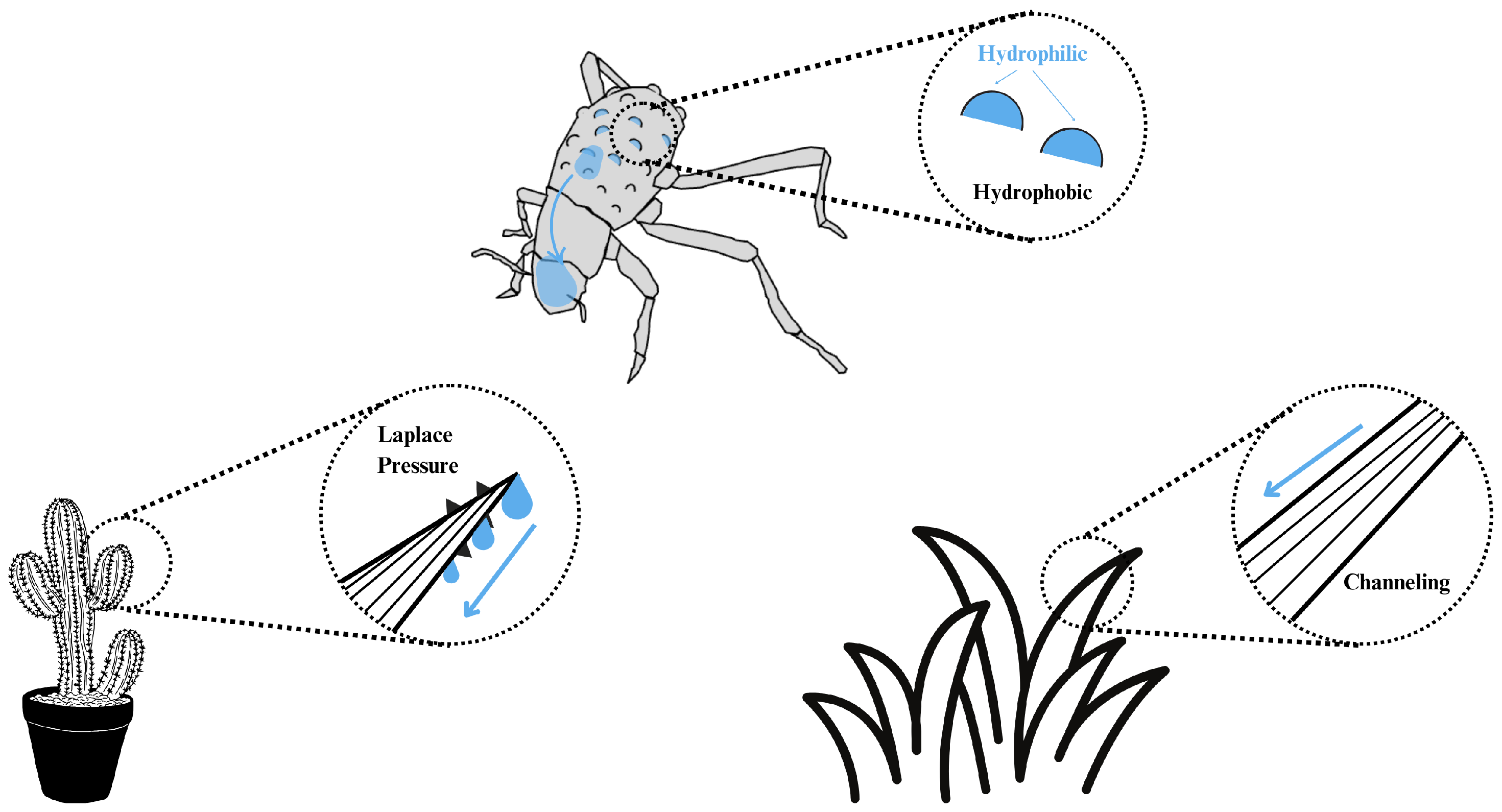
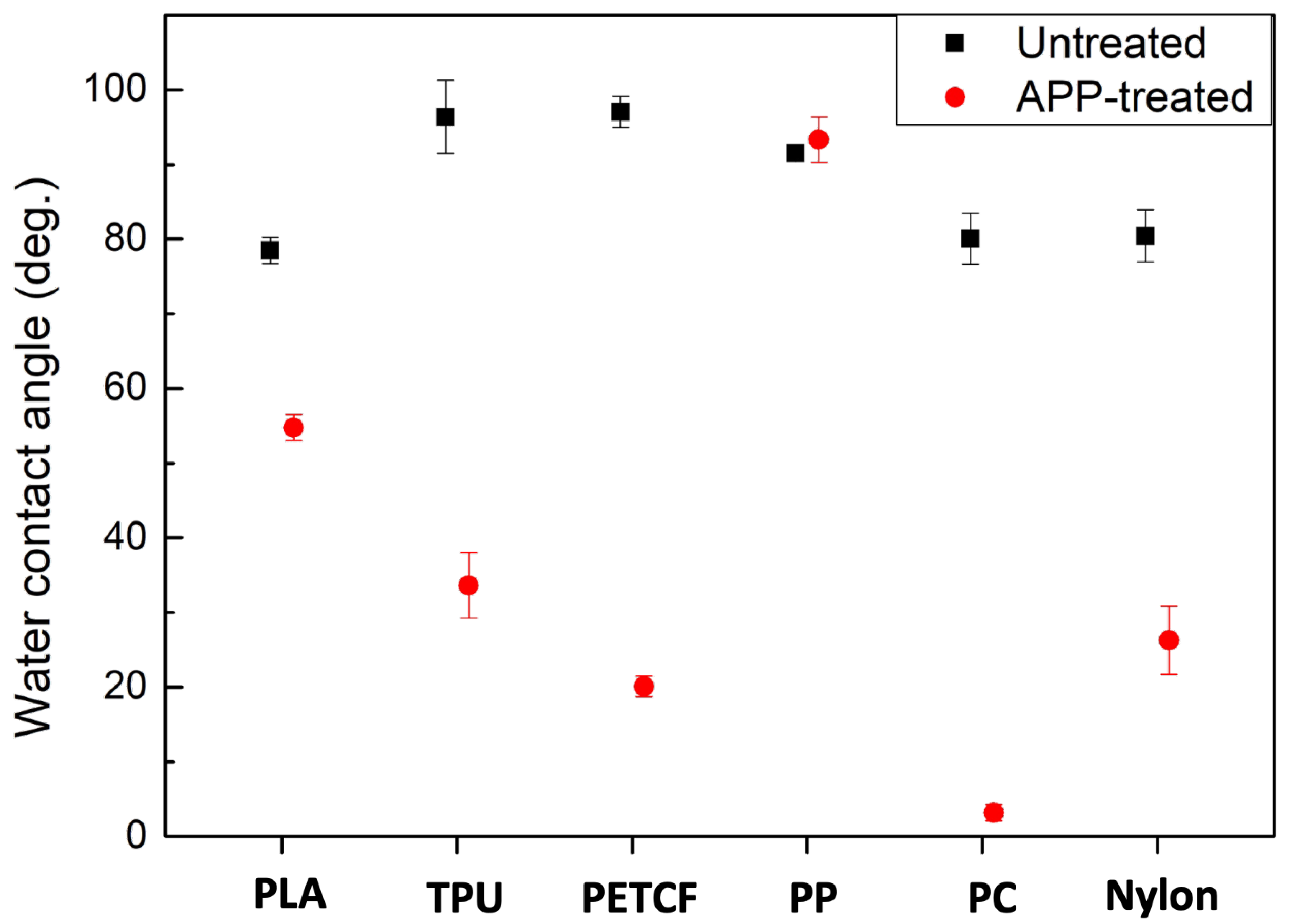

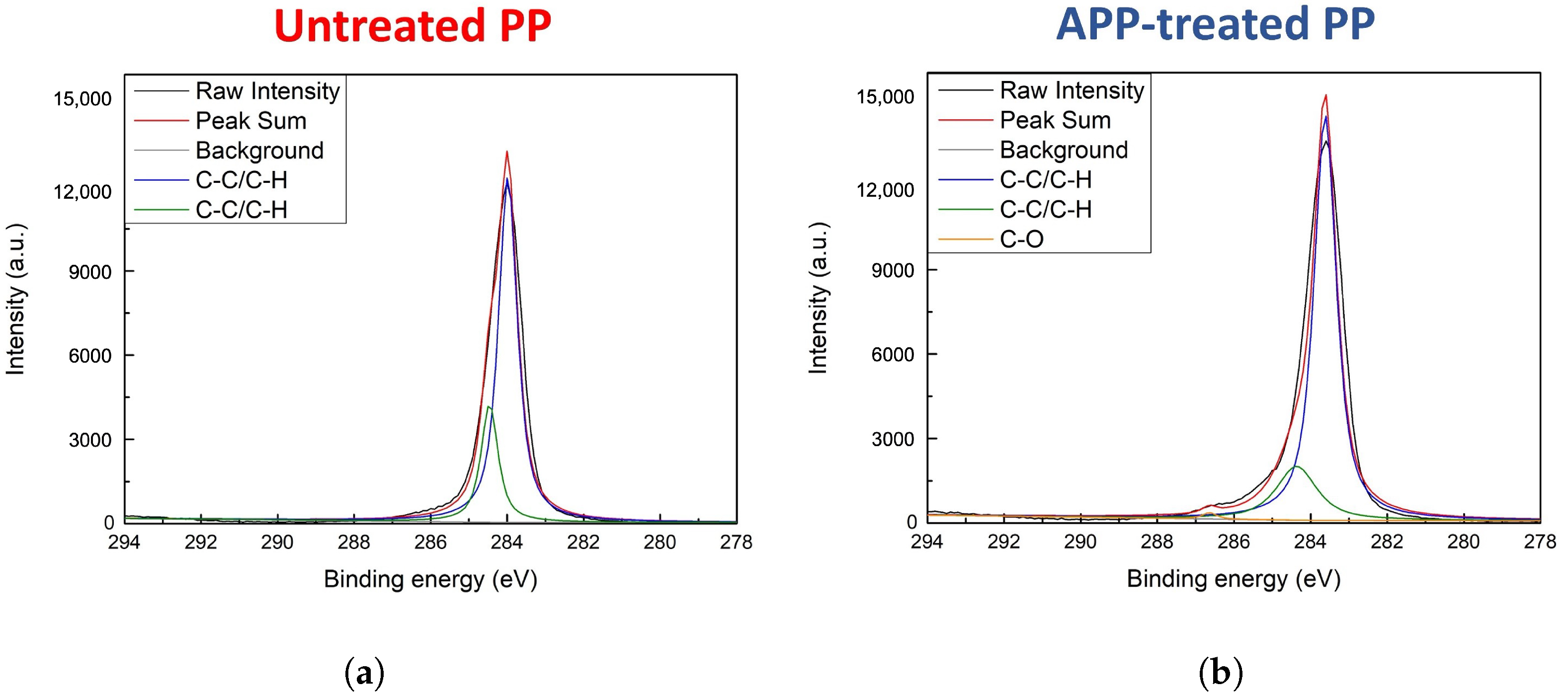
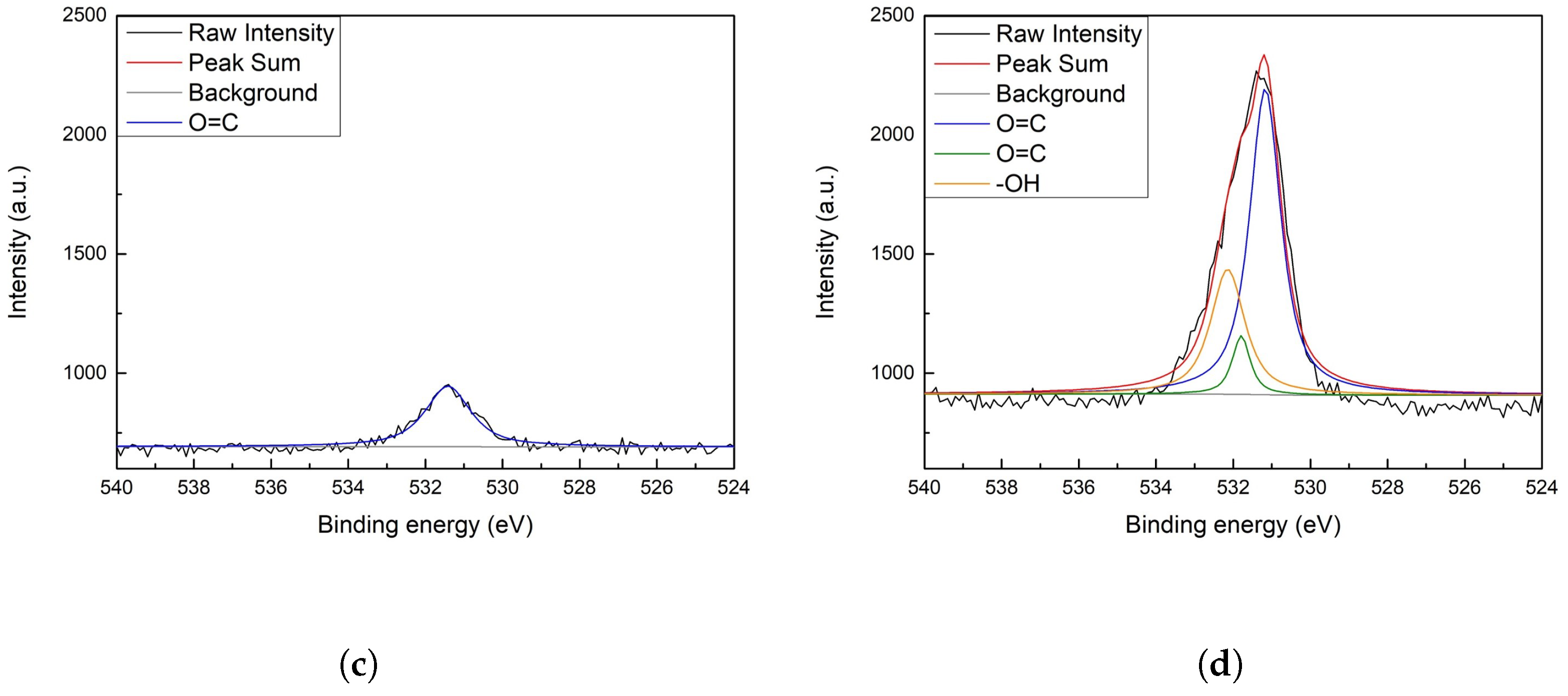
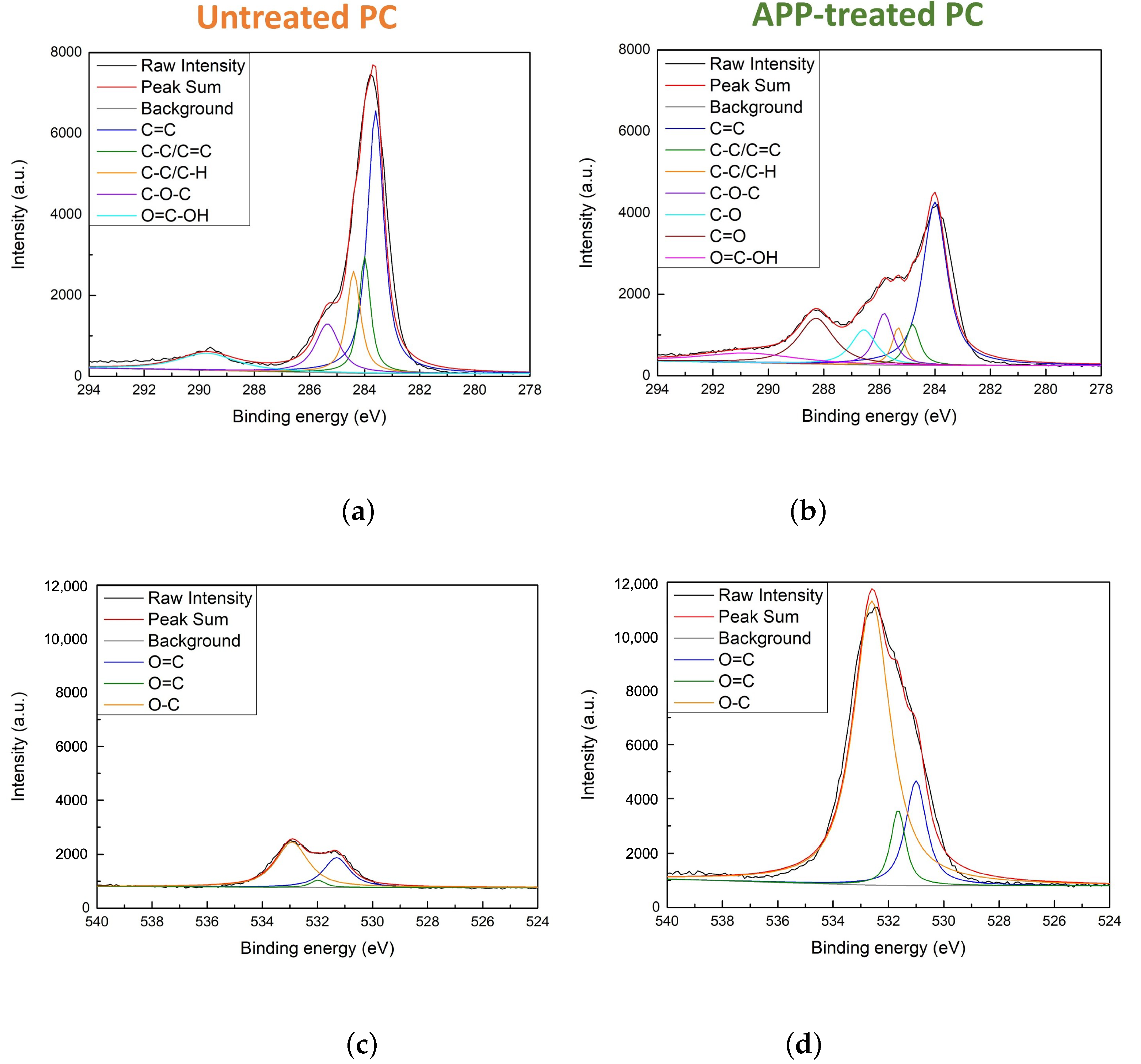

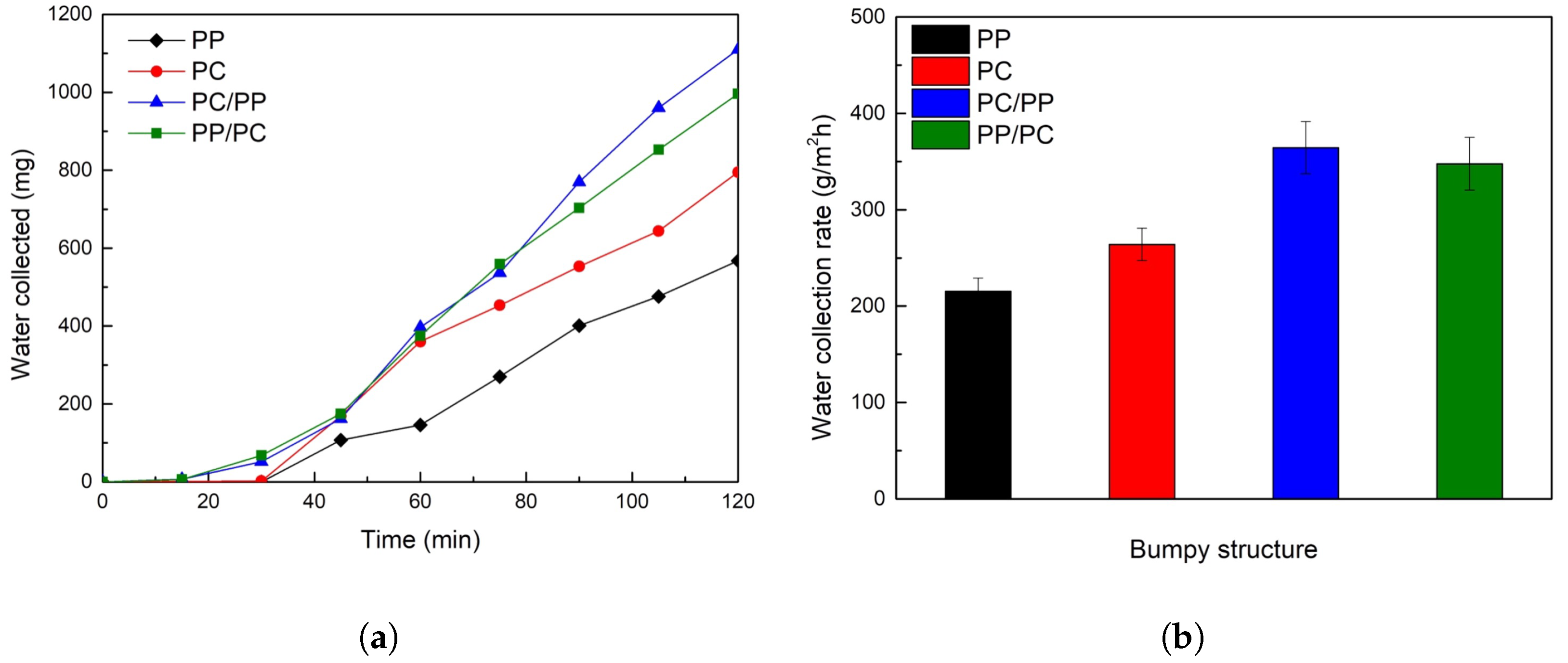

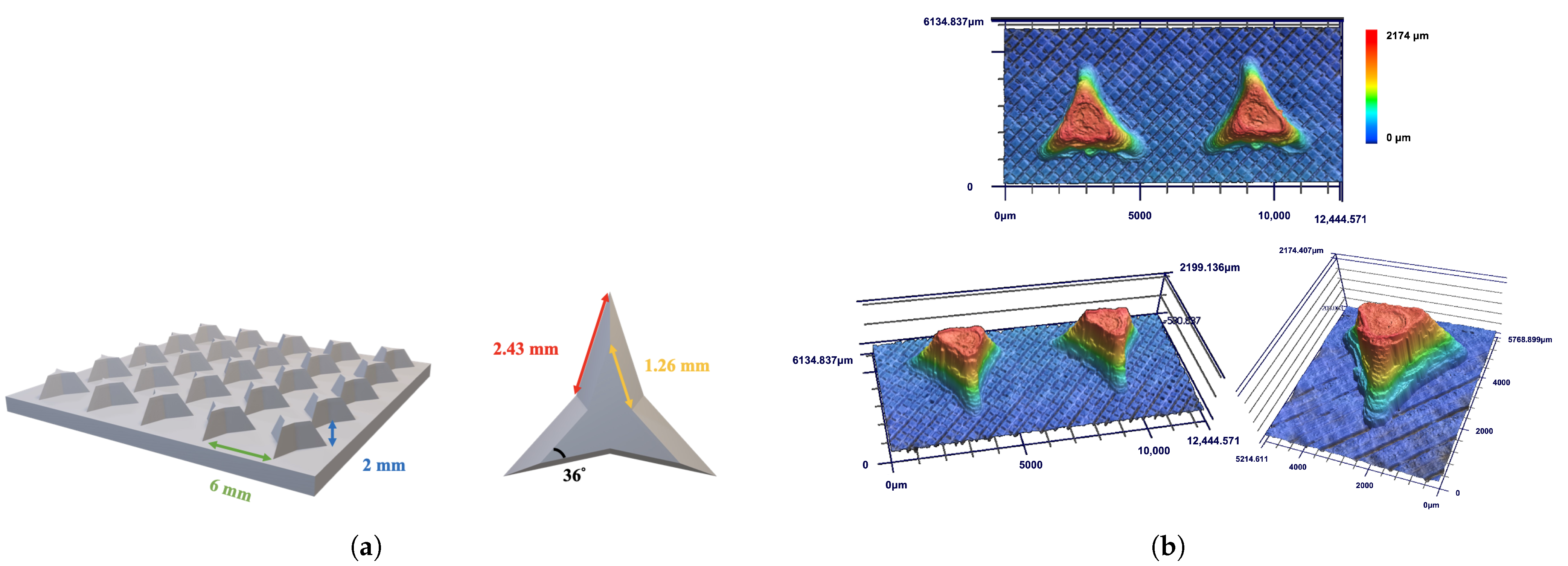
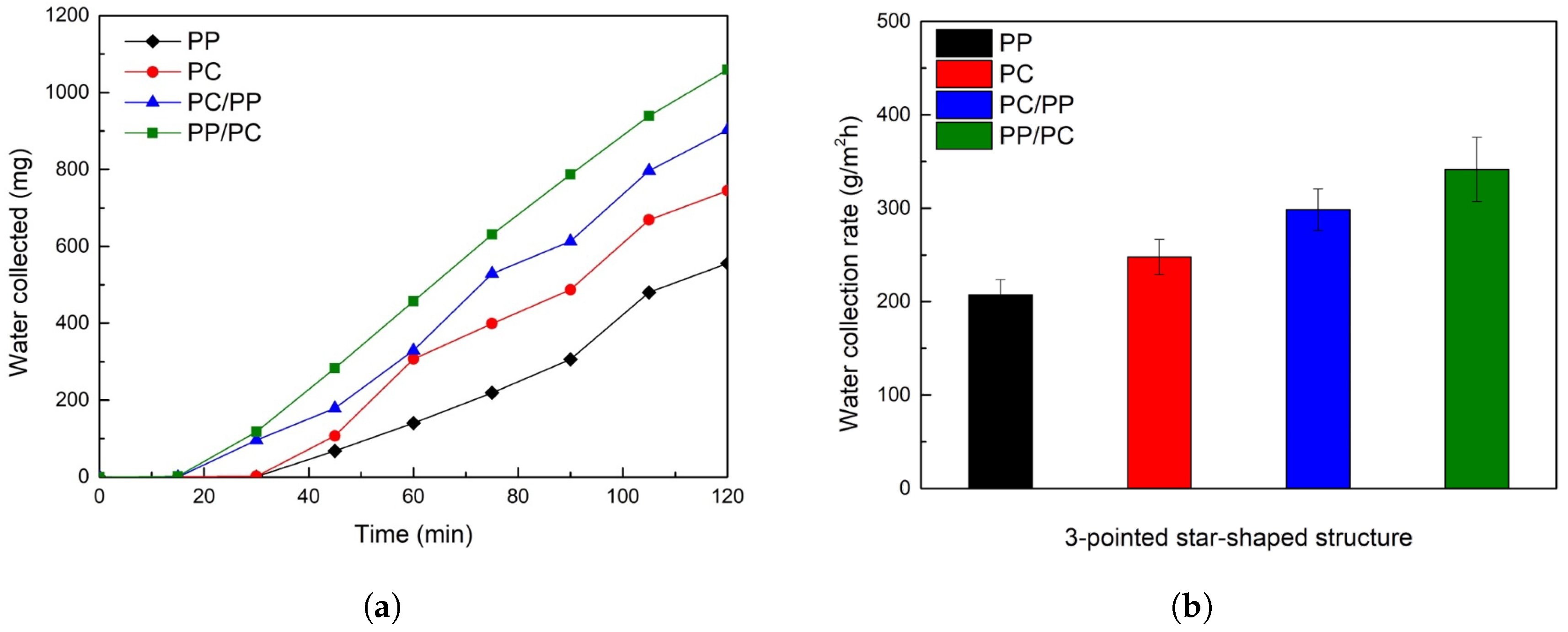



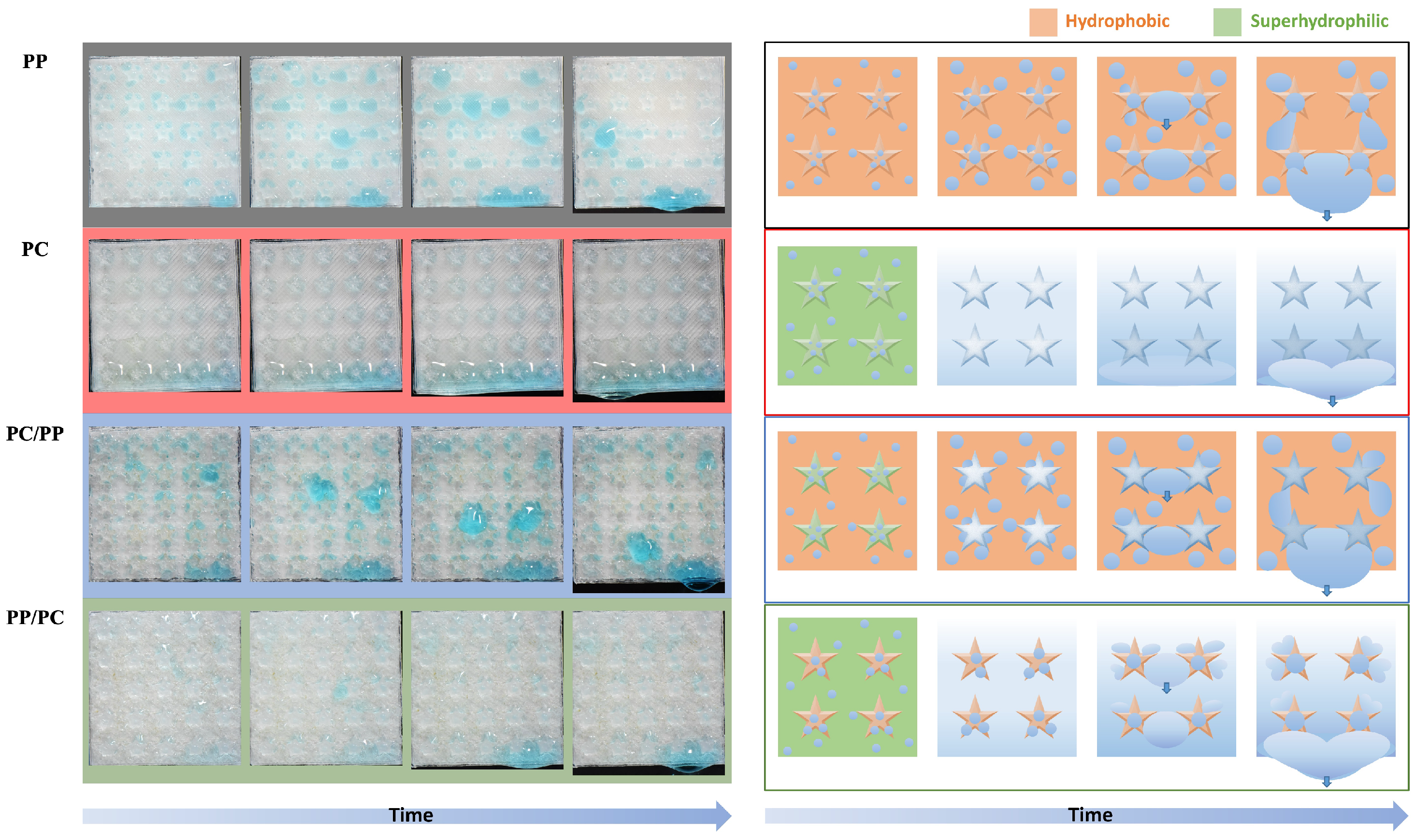

| Structure | Top Flat Area | Pattern Area | Substrate Area | Total Area |
|---|---|---|---|---|
| (mm2) | (mm2) | (mm2) | (mm2) | |
| Bump | - | 674.45 | 729.89 | 1404.34 |
| 3-pointed star | 41.65 | 562.75 | 833.62 | 1396.37 |
| 5-pointed star | 56.15 | 625.08 | 820.75 | 1445.83 |
Disclaimer/Publisher’s Note: The statements, opinions and data contained in all publications are solely those of the individual author(s) and contributor(s) and not of MDPI and/or the editor(s). MDPI and/or the editor(s) disclaim responsibility for any injury to people or property resulting from any ideas, methods, instructions or products referred to in the content. |
© 2025 by the authors. Licensee MDPI, Basel, Switzerland. This article is an open access article distributed under the terms and conditions of the Creative Commons Attribution (CC BY) license (https://creativecommons.org/licenses/by/4.0/).
Share and Cite
Lin, C.-Y.; Teng, T.-A.; Chang, H.-K.; Chen, P.-Y. Desert Beetle-Inspired Hybrid Wettability Surfaces for Fog Collection Fabricated by 3D Printing and Atmospheric Pressure Plasma Treatment. Biomimetics 2025, 10, 143. https://doi.org/10.3390/biomimetics10030143
Lin C-Y, Teng T-A, Chang H-K, Chen P-Y. Desert Beetle-Inspired Hybrid Wettability Surfaces for Fog Collection Fabricated by 3D Printing and Atmospheric Pressure Plasma Treatment. Biomimetics. 2025; 10(3):143. https://doi.org/10.3390/biomimetics10030143
Chicago/Turabian StyleLin, Chia-Yi, Ting-An Teng, Haw-Kai Chang, and Po-Yu Chen. 2025. "Desert Beetle-Inspired Hybrid Wettability Surfaces for Fog Collection Fabricated by 3D Printing and Atmospheric Pressure Plasma Treatment" Biomimetics 10, no. 3: 143. https://doi.org/10.3390/biomimetics10030143
APA StyleLin, C.-Y., Teng, T.-A., Chang, H.-K., & Chen, P.-Y. (2025). Desert Beetle-Inspired Hybrid Wettability Surfaces for Fog Collection Fabricated by 3D Printing and Atmospheric Pressure Plasma Treatment. Biomimetics, 10(3), 143. https://doi.org/10.3390/biomimetics10030143







